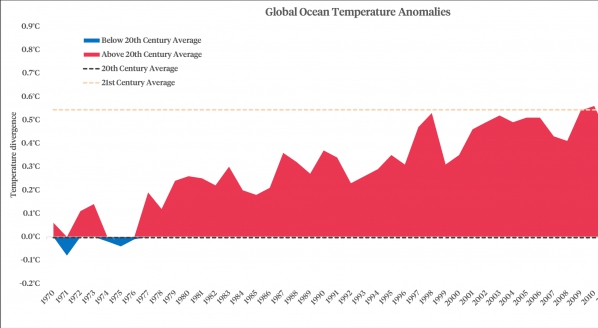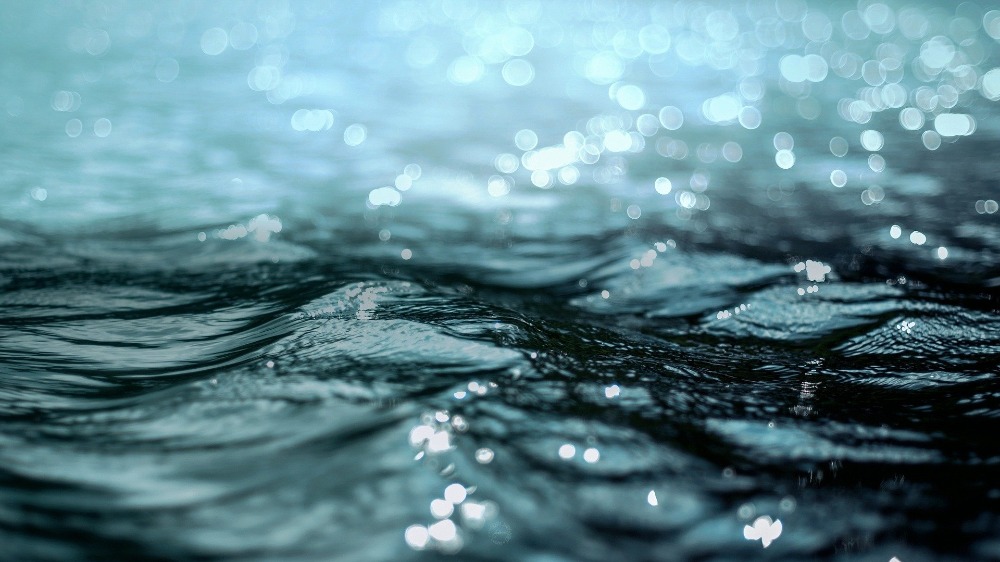It's raining cats and cats
How scaleable are the zero-emission multihull concepts?
Concepts abound in the superyacht industry; some are innovative and genuinely thought-provoking, others a solution that is bobbing around looking for a problem.
One that appears nearly daily is the proliferation of catamaran concepts, most of which are a similar iteration of the ultra-efficient, solar/battery/hydrogen-powered, zero-emission catamaran, but is there true scalability for this ever-growing list of conceptual contenders? The industry is developing at a pace with low to zero-emission vessels and alternative fuels, and the rate of change is inspiring. But are these cats a central part of the revolution? Or an interesting side project?
Early examples have hovered around 40-60ft, the sweet spot for high volume charters and a reflection of the maximum threshold of the current generation of battery technology. Recent iterations have made a jump, in theory, to a more traditional superyacht operational model; larger yachts, theoretically fully crewed, and with five to six guest suites. These concepts are a classic superyacht in function, but radical by design. But in nature, no two species can occupy the same niche, and there is still a clear disparity between these two very different species.
I am fascinated by the rapid development of these zero-emission, multi-hulled yachts. The ability to encourage a more environmentally conscious generation of potential yacht owners to engage with the ocean is vital to the prosperity of both our industry and the planet. But I fear that simply scaling up the size of the catamaran concepts belies the complexity of genuinely transitioning the majority of the superyacht fleet to a sustainable future.
This is not a rail against aspirational design. However, the Tesla analogy is prescient. Oil cooperation meddling and conspiracies aside, the electric car revolution is still not fully upon us. It moves hand in hand with the technological advancements that strive to make electric cars almost indistinguishable in terms of performance and range from their fossil fuel-burning counterparts. It is about more than silence and zero emissions.
To continue the analogy further: although from early testing, autonomous cars are safer, by many orders of magnitude, than self-driven counterparts, there is still a prevailing scepticism. This is the reality that accompanies any paradigm shift. To disrupt, you will be held to a higher standard, and in the case of the big cats, it will be reliability and performance. I have seen the headlines pronouncing theoretical unlimited ranges and advancements in battery technology, but I think the quantum leap itself remains over the horizon.
Diesel is dirty, but it is very reliable. The thrum of the engines and the generators are, in many ways, the only constant for a superyacht in a busy season. Diesel still provides the metronome that sets the rhythm for the industry and allows it to function on razor-thin time frames and margins. Without matching this dependability, coexisting in the superyacht sphere may remain out of reach.
We need to be realistic about how far charterers and owners are likely to go for the zero-emission tag. The rise in carbon sequestration technologies and the carbon offset model create a market that may also be more likely to pay the problem instead of making drastic changes. For now, I see the rise of the big cats continuing adjacent to the industry’s growth, a fantastic way to pioneer new technologies and ideas but independent to the centre of the fleet.
I stand hoping to be proven wrong as soon as possible, as I passionately believe that we need to transition to a zero-carbon future by any means necessary. Any emissions that can be removed or reduced are a welcome step. But, for now, zero-emission cats and superyachts remain separated by a gulf of expectations that will take time to be bridged.
NEW: Sign up for SuperyachtNewsweek!
Get the latest weekly news, in-depth reports, intelligence, and strategic insights, delivered directly from The Superyacht Group's editors and market analysts.
Stay at the forefront of the superyacht industry with SuperyachtNewsweek
Click here to become part of The Superyacht Group community, and join us in our mission to make this industry accessible to all, and prosperous for the long-term. We are offering access to the superyacht industry’s most comprehensive and longstanding archive of business-critical information, as well as a comprehensive, real-time superyacht fleet database, for just £10 per month, because we are One Industry with One Mission. Sign up here.
Related news

The ocean: both a victim and saviour
Findings from a recent study reveal that the ocean can play an important role in mitigating climate change
Owner

BlackRock calls for an economic imperative
CEO Larry Fink says "we are on the edge of a fundamental reshaping of finance"
Business

The future of Planet Superyacht
The spectre of ocean ecosystem collapse is pushing the agenda at the industry's two key autumn events
Technology
Related news
The ocean: both a victim and saviour
5 years ago
BlackRock calls for an economic imperative
5 years ago
The future of Planet Superyacht
5 years ago
NEW: Sign up for
SuperyachtNewsweek!
Get the latest weekly news, in-depth reports, intelligence, and strategic insights, delivered directly from The Superyacht Group's editors and market analysts.
Stay at the forefront of the superyacht industry with SuperyachtNewsweek




